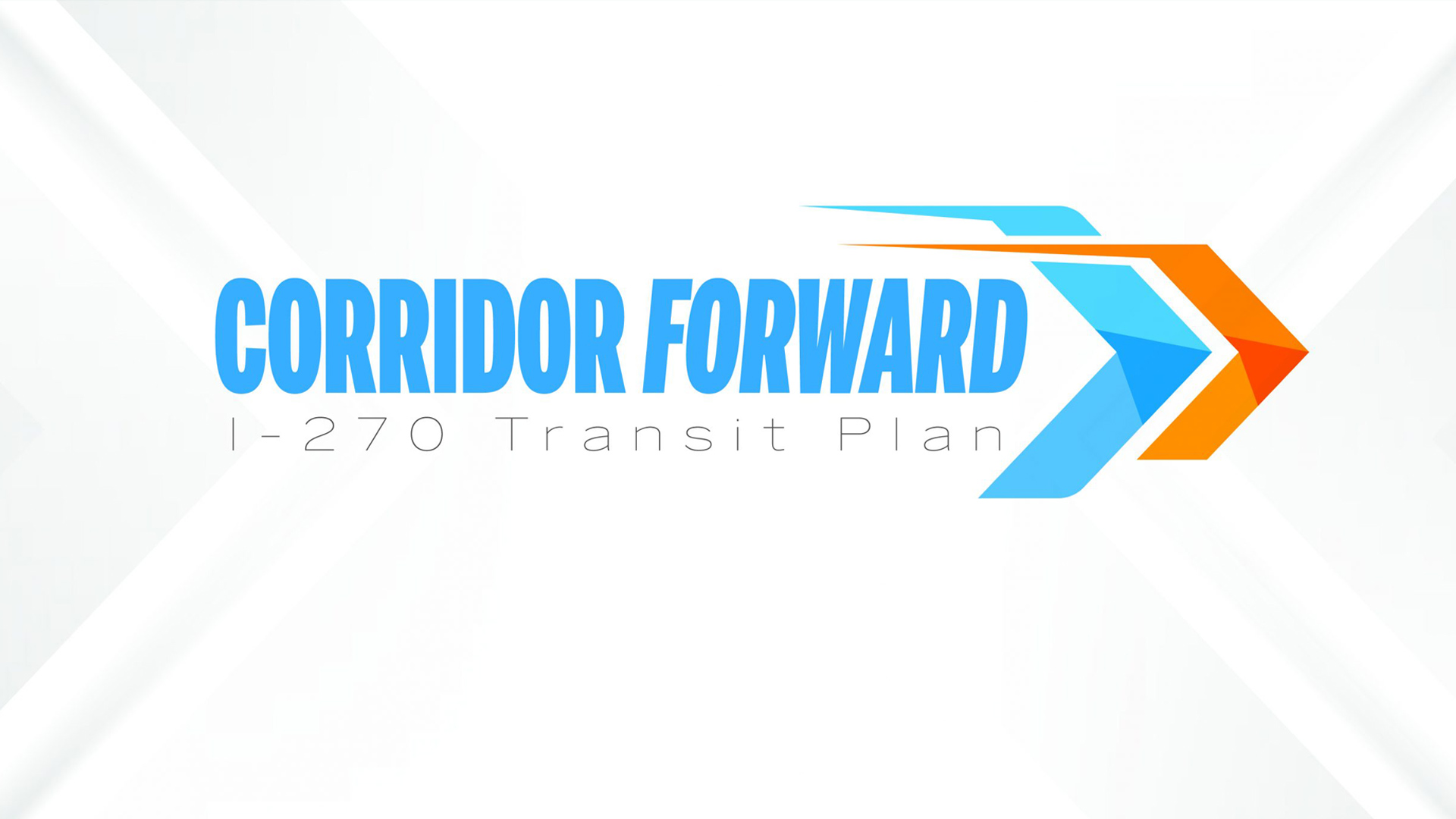
Montgomery Planning staff will present recommendations for Corridor Forward: The I-270 Transit Plan at a virtual community meeting on October 20 at 7 p.m.
WHEATON, MD – The Montgomery County Planning Department, part of The Maryland-National Capital Park and Planning Commission (M-NCPPC), will hold a virtual public meeting for Corridor Forward: The I-270 Transit Plan on Wednesday, October 20 (7 to 8:30 p.m.). At the meeting, Montgomery Planning staff will present preliminary plan recommendations, including a recommended transit network, to serve communities and employment centers along the I-270 corridor. The community meeting follows an October 7 briefing to the Montgomery County Planning Board, when staff received guidance on the plan’s preliminary recommendations. RSVPs are required to attend. The meeting will be held via Microsoft Teams. The community will have the opportunity to provide comments to Montgomery Planning staff before the Working Draft of the plan is presented to the Planning Board on October 28.
Meeting details:
Virtual community meeting on Corridor Forward preliminary recommendations
Wednesday, October 20, 2021 from 7 to 8:30 p.m.
RSVP to attend
The preliminary recommendations are the result of an iterative planning process, in which Planning staff:
- Compared transit vehicle attributes and inventoried transit options that could serve the I-270 Corridor.
- Completed a pre-screening analysis, which evaluated the initial list of inventoried transit options based on indicators such as travel time, population access, job access, ability to accommodate growth and equitable access and advanced six transit options for detailed analysis.
- Refined and analyzed the six transit options, including an evaluation of strategic metrics, economic and financial outlook, and potential implementation challenges and risks.
- Completed additional evaluation on combinations of the six transit options to inform the development of the preliminary recommendations.
Corridor Forward Plan Schedule
The community will have the opportunity to continue to provide comment and testimony through the planning process.
- October 20 – Virtual community meeting
- October 28 – Working Draft presented to the Planning Board
- December 2 – Anticipated Planning Board Public Hearing
- December 9 – Anticipated work session #1
- December 16 – Anticipated work session #2 and Planning Board vote to transmit to County Council
About the Corridor Forward Plan
The goal of Corridor Forward is to comprehensively evaluate, prioritize and advance transit options that achieve the best combination of the following values, consistent with the Planning Board Draft of Thrive Montgomery 2050:
- Strategic Connections: Serve high-demand origin and destination pairs, balancing costs of implementation with projected benefits.
- Economic Health: Enable existing development and master-planned communities to realize their potential as livable and economically vibrant places.
- Community Equity: Align with the county’s social equity goals and principles.
- Environmental Resilience: Operate sustainably and reduce negative environmental impacts.
To create the plan, Montgomery Planning has worked with state and county agencies, neighboring jurisdictions, county municipalities, advocacy groups, and community members as we analyzed and prioritized transit options to develop the preliminary recommendations. Montgomery Planning has engaged community members about their needs and values related to transit through the Corridor Forward Plan’s Transit Values Questionnaire and Transit Stories campaign.
Is the Corridor Forward Plan part of the Managed Lanes project?
The purpose of Corridor Forward is to evaluate and prioritize transit options to serve communities and employment centers along the I-270 corridor. The Plan stands on its own and will provide guidance to the county regardless of the outcome of the Maryland Department of Transportation’s Managed Lanes effort. While the plan will not specifically consider the role of transit in relation to the Managed Lanes study, it will identify transit options which offer an alternative to travel by car. Each of the options advanced for detailed study is anticipated to reduce vehicle miles traveled, and a combination of these options will further transit accessibility and competitiveness for communities along the corridor.